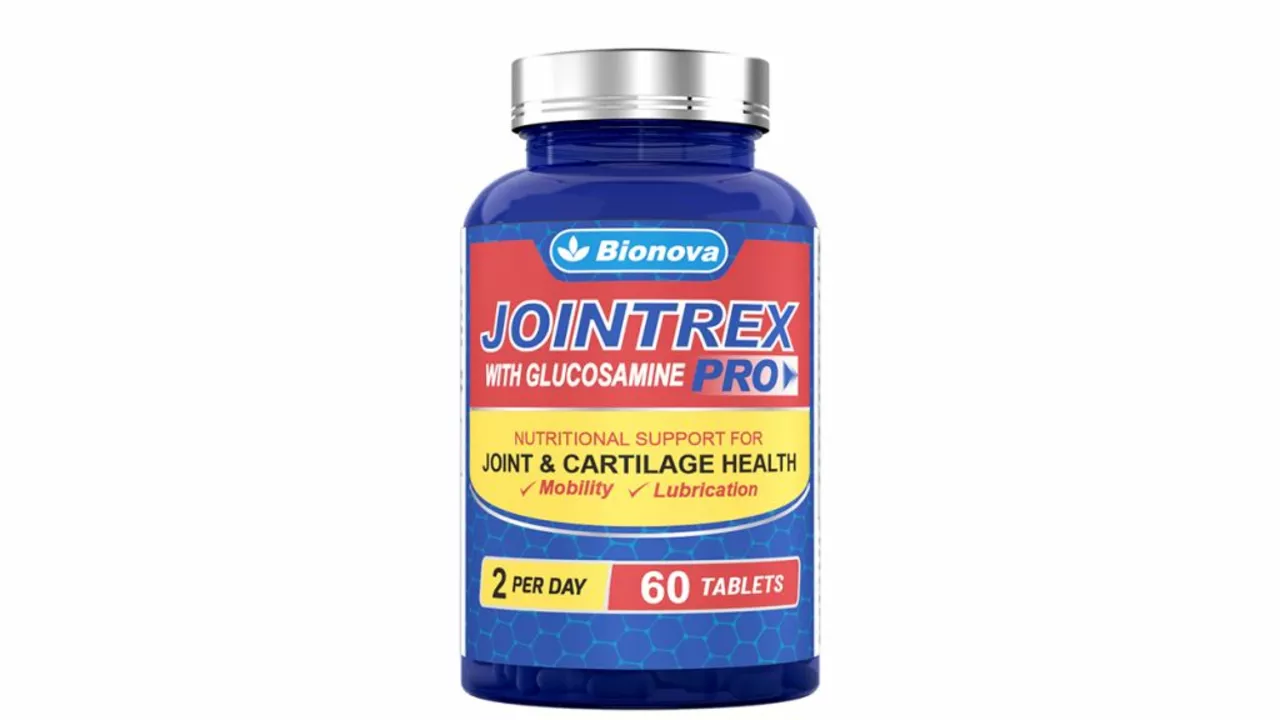Joint Supplements Guide – What Works for Stronger Knees and Hips
If your joints creak when you stand up or you feel stiffness after a short walk, you’re probably wondering if a supplement can help. The good news is that several ingredients have real backing for supporting cartilage, reducing inflammation, and improving range of motion. Below we break down the most common joint supplements, what science says, and how to pick a product that fits your needs.
Key Ingredients You’ll See on Labels
Collagen Type II is a protein that makes up the bulk of cartilage. Studies show that daily doses of hydrolyzed collagen can lower joint pain and improve mobility, especially for people with early osteoarthritis. The supplement works by supplying the building blocks your body needs to repair worn cartilage.
Glucosamine is a natural sugar found in cartilage fluid. It’s often combined with chondroitin because together they appear to slow down cartilage breakdown. Most users notice less joint ache after 4–6 weeks of consistent use.
Chondroitin sulfate helps retain water in the cartilage, keeping it spongy and flexible. When taken with glucosamine, it may enhance pain relief for people with knee problems.
MSM (methylsulfonylmethane) provides sulfur, a mineral needed for connective tissue health. Users often report reduced swelling and smoother movement.
Turmeric/curcumin isn’t a cartilage builder but it’s a strong anti‑inflammatory agent. Adding a curcumin supplement can complement the joint‑building ingredients by cutting down irritation around the joints.
How to Choose a Safe and Effective Product
First, check the label for clear dosing information. A product that lists the exact milligram amount of each active ingredient is easier to compare. Look for third‑party testing symbols like USP or NSF; they indicate the manufacturer has verified purity and potency.
Second, consider your dietary restrictions. Some glucosamine sources come from shellfish, which can be a problem if you have allergies. Vegan‑friendly collagen alternatives are now on the market and use fermented bacteria to produce type II protein.
Third, start with the lowest effective dose. Most studies used 1,000 mg of glucosamine and 800–1,200 mg of chondroitin per day. If you’re new to supplements, try half that amount for a couple of weeks to see how your body reacts.
Finally, give it time. Joint health doesn’t change overnight; most users notice improvements after at least four weeks of daily use. Pair the supplement with light exercise—like walking or swimming—to boost circulation and keep joints moving.
In short, a good joint supplement combines collagen type II, glucosamine, and chondroitin, possibly boosted by MSM or turmeric for added anti‑inflammatory support. Choose a product that’s third‑party tested, matches your allergy profile, and stick with the recommended dose for at least a month before judging results. Your joints will thank you with less pain and more freedom to move.






